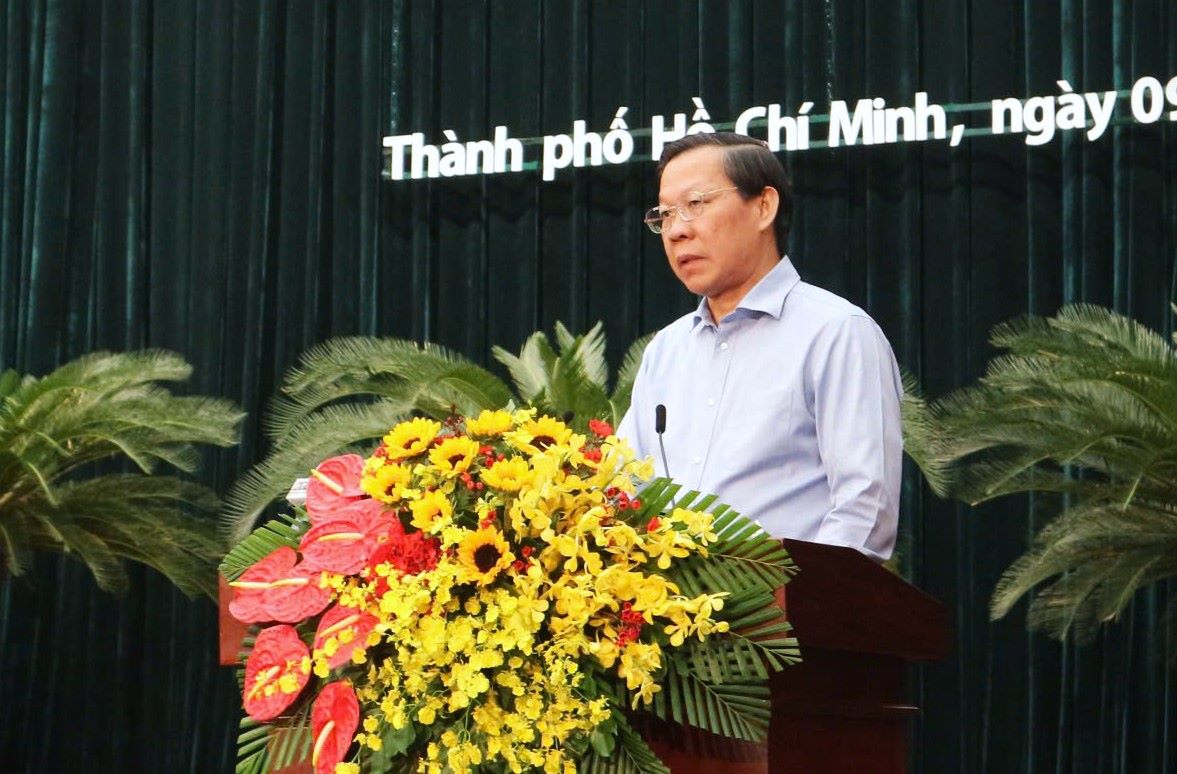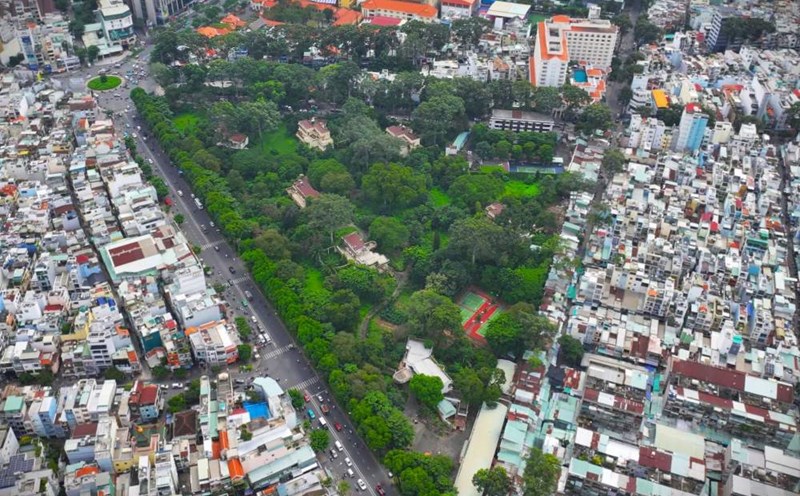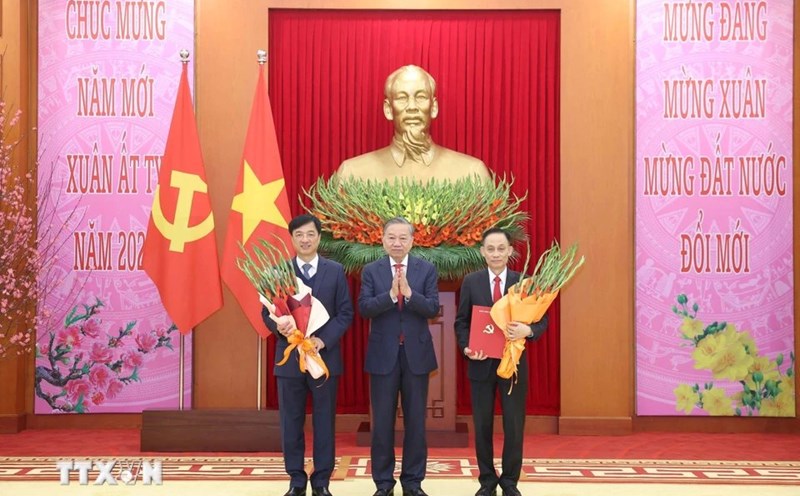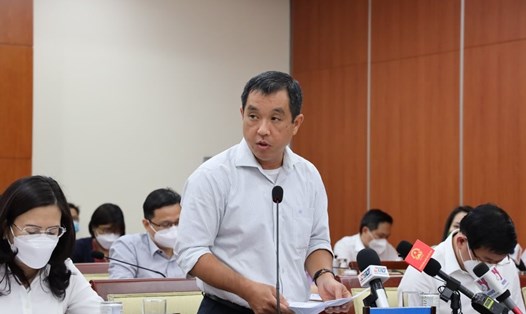This is one of the contents presented on the second working day of the year-end meeting of the Ho Chi Minh City People's Council, on the morning of December 10.
Director of the Ho Chi Minh City Department of Finance Nguyen Hoang Hai said that the city currently manages about 13,000 public house and land addresses, of which more than 2,000 addresses are managed by the Central Government and nearly 11,000 addresses are under the city's management.
However, more than 1,000 of these addresses are vacant, wasting resources.
To address this situation, the Department of Finance is working with the University of Economics and Law to implement a project on using public finance. The project focuses on building a comprehensive management system, digitizing all data of 13,000 public house and land addresses to display usage status.
Assets will be rated by color, from green (well used) to red (underutilized).
The city is also conducting a general inventory of public assets according to Decision No. 213/2024 of the Prime Minister.
The inventory process is expected to start on January 1, 2025 and be completed in March 2025, with results to be announced in July 2025.
This work includes public assets at agencies, organizations, units and infrastructure assets in 12 areas invested and managed by the State.

Chairman of the Ho Chi Minh City People's Committee Phan Van Mai affirmed that the city has made plans to review and resolve issues related to public assets. The assets are being classified to come up with appropriate solutions. Some assets will be auctioned to collect budget revenue, others can be temporarily leased while waiting for new investment.
In particular, for assets under the authority of the Central Government, the city will coordinate directly to seek guidance on resolution. For assets under local authority, relevant units will be responsible for handling them in a spirit of transparency and efficiency.
Ho Chi Minh City is also studying the rearrangement of headquarters of departments and branches; calculating the use of shared headquarters to optimize exploitation efficiency. This not only saves costs, but also creates more resources to serve the city's development.











